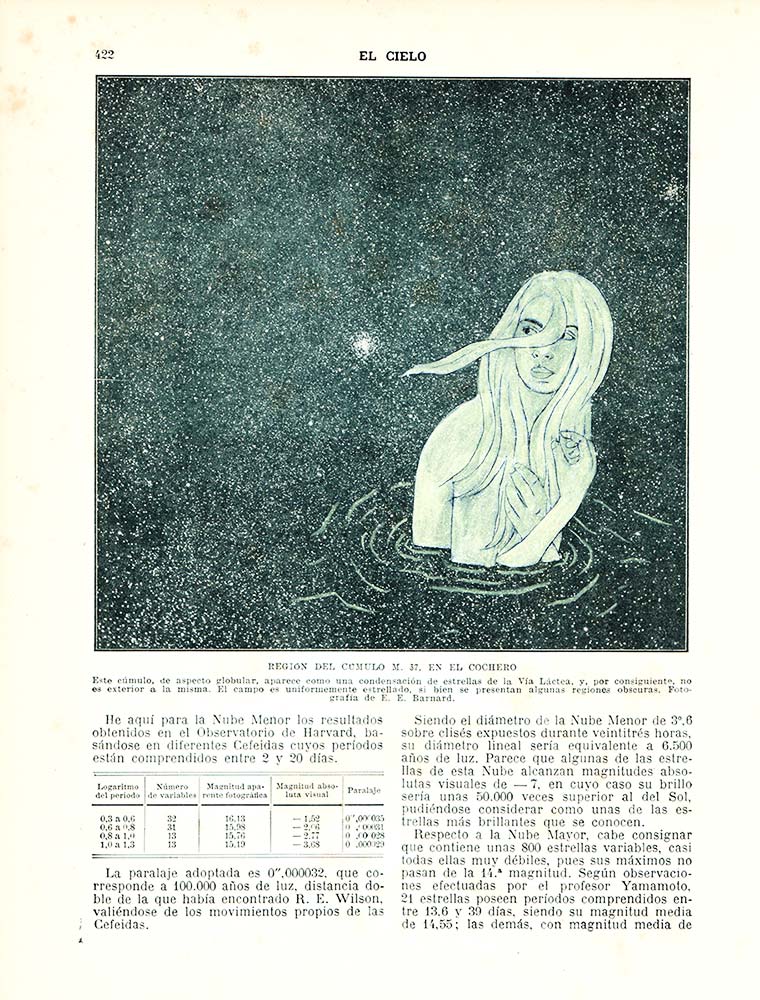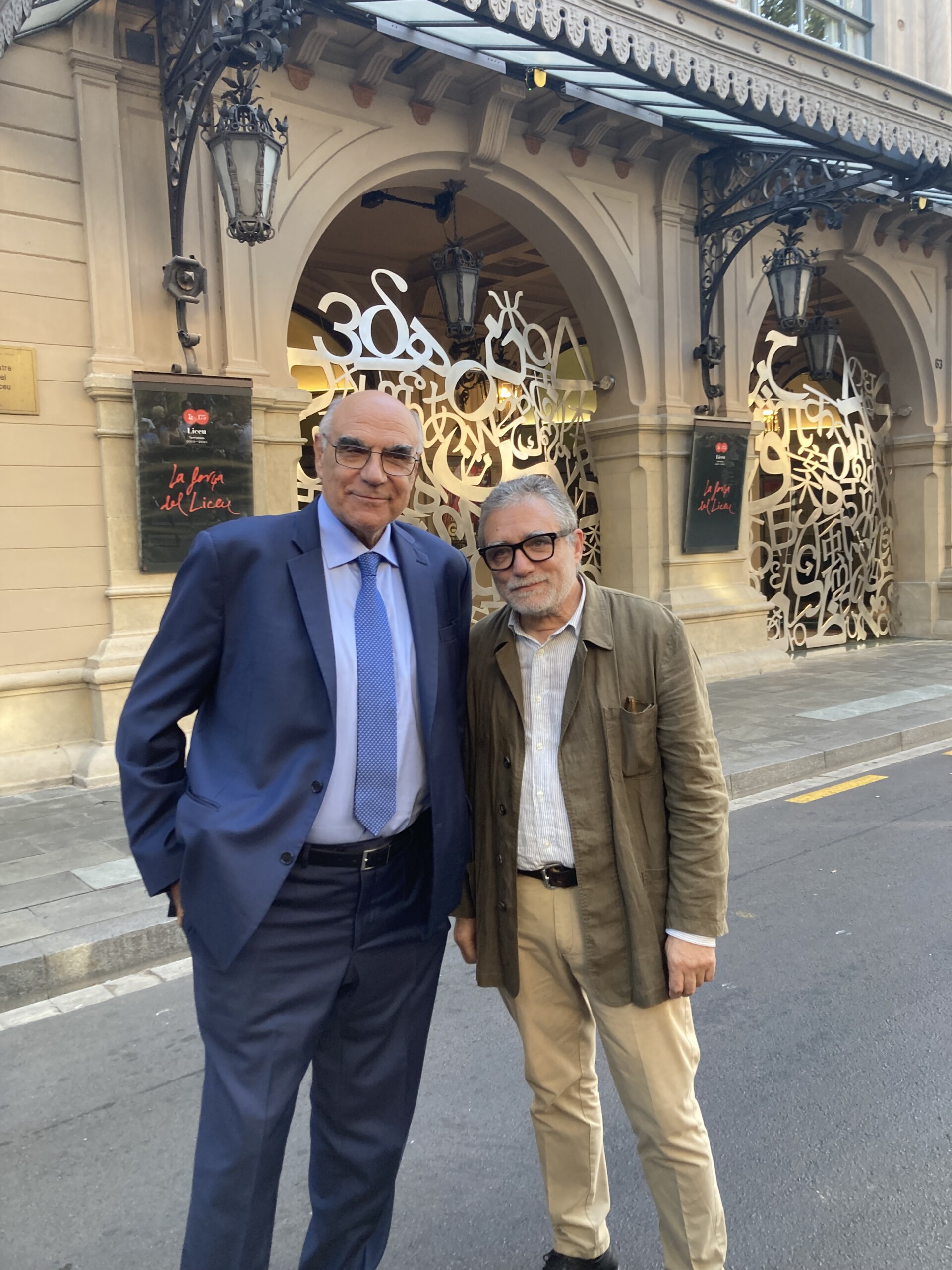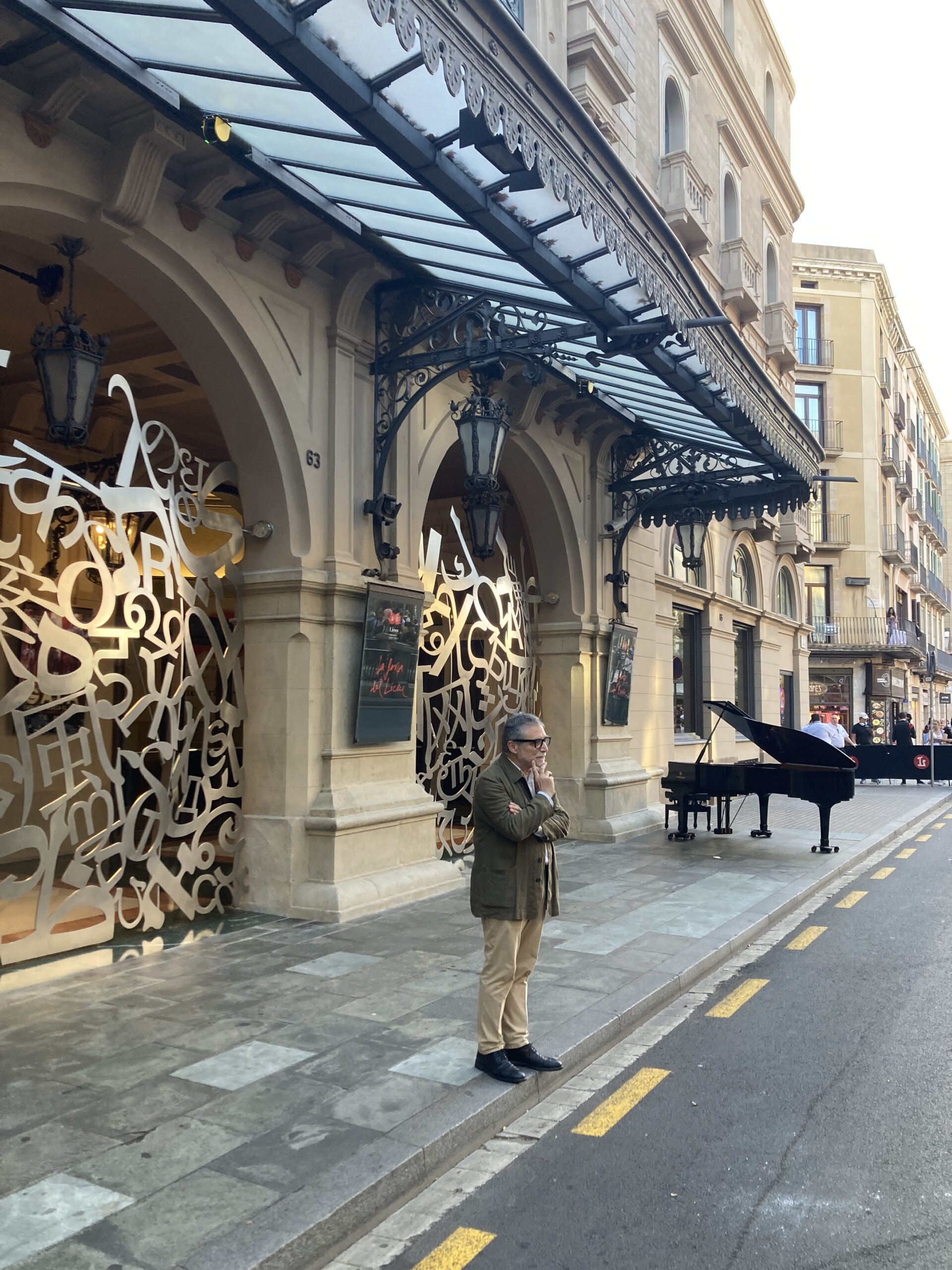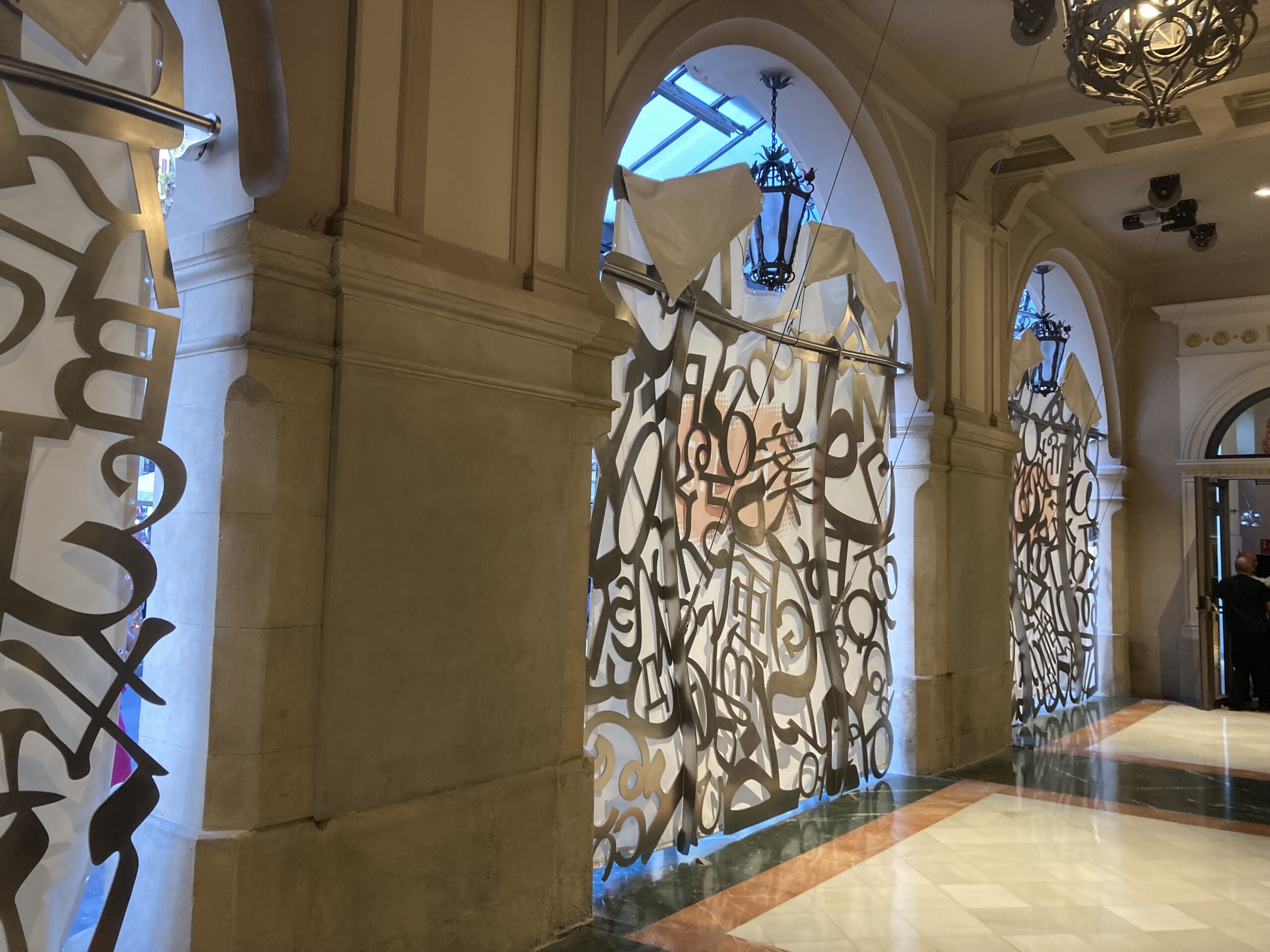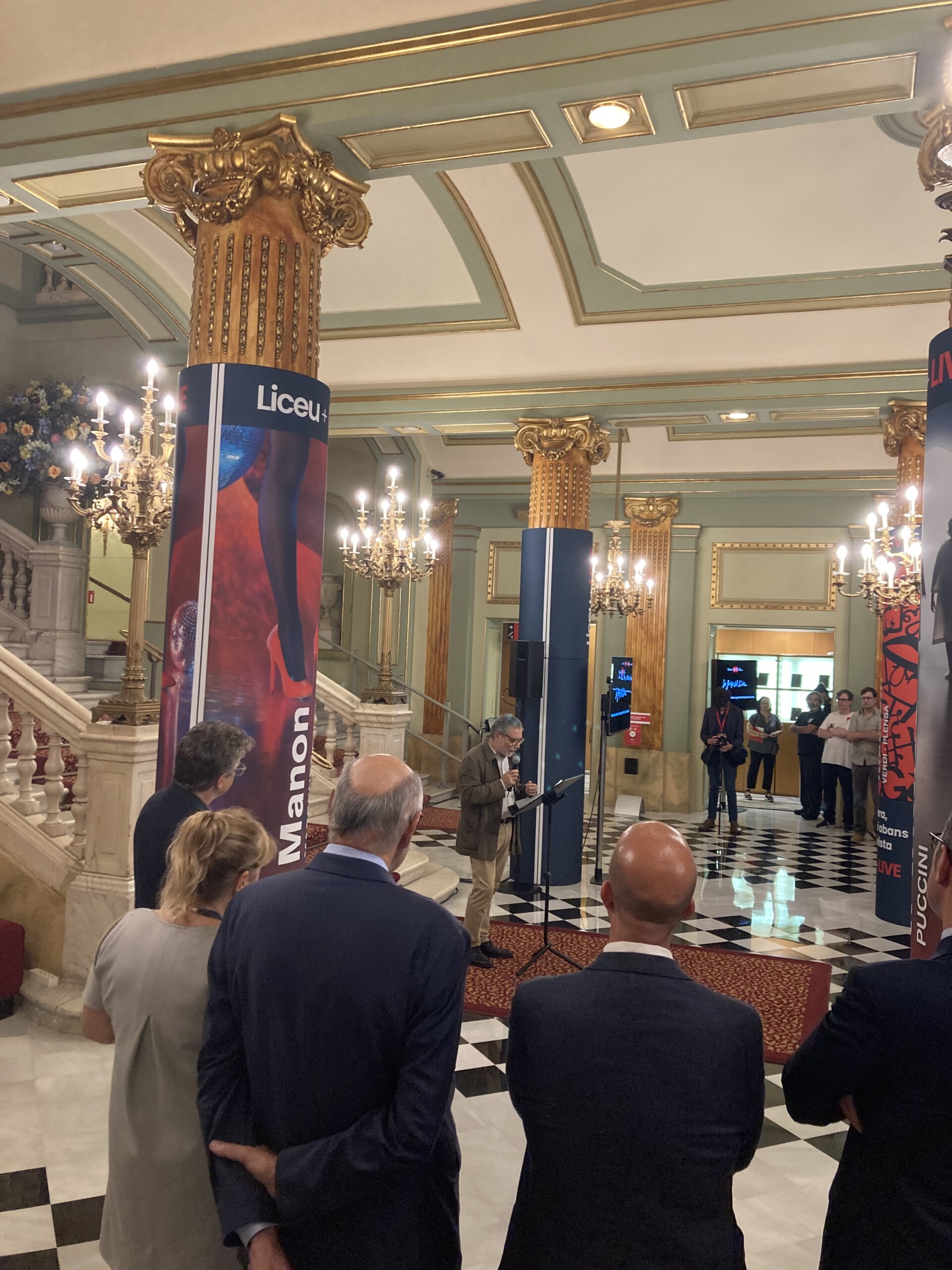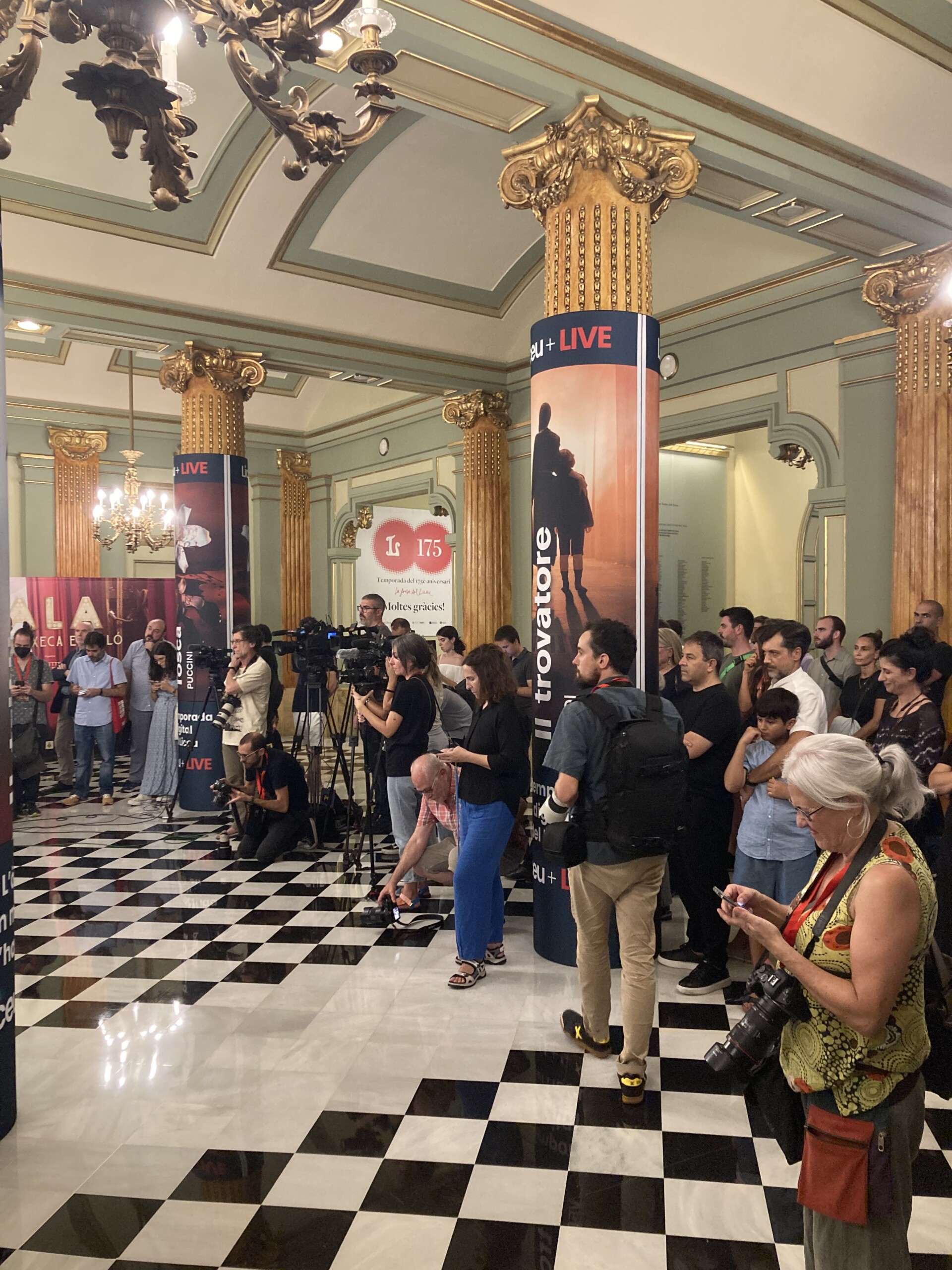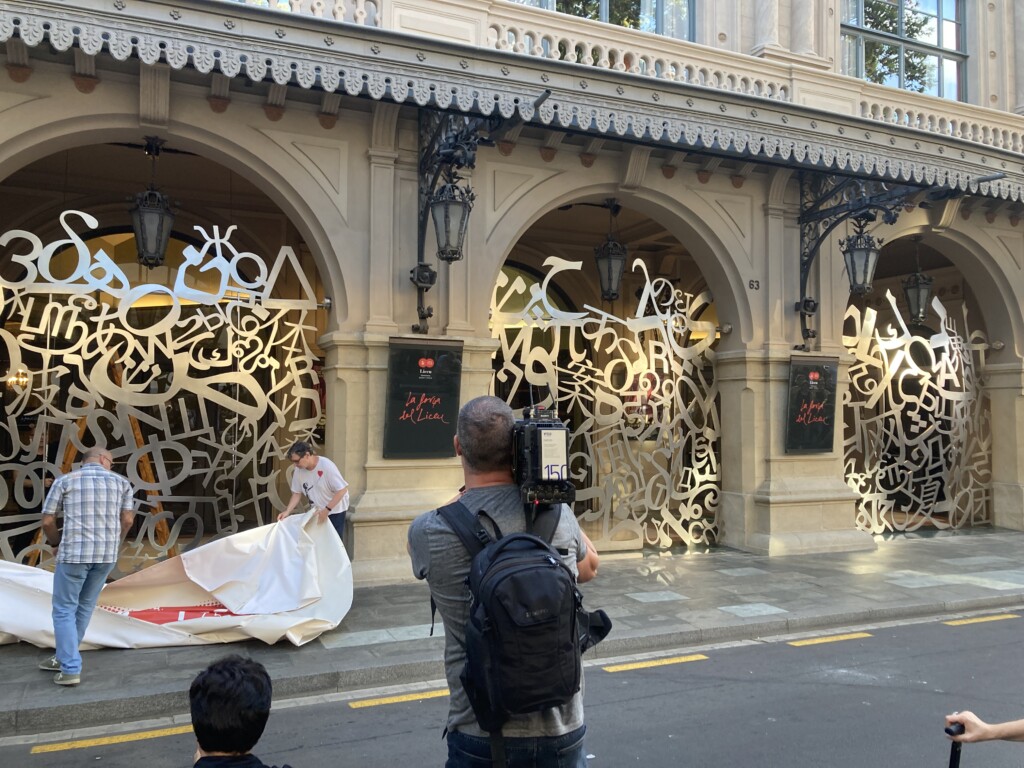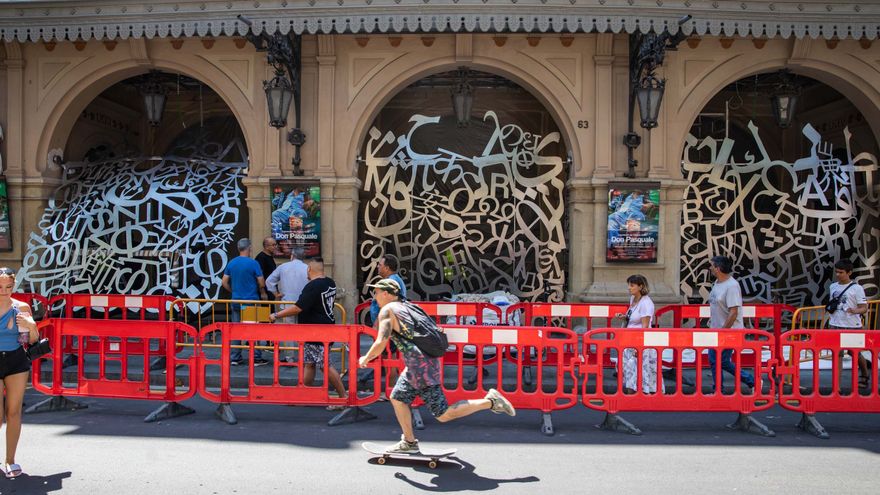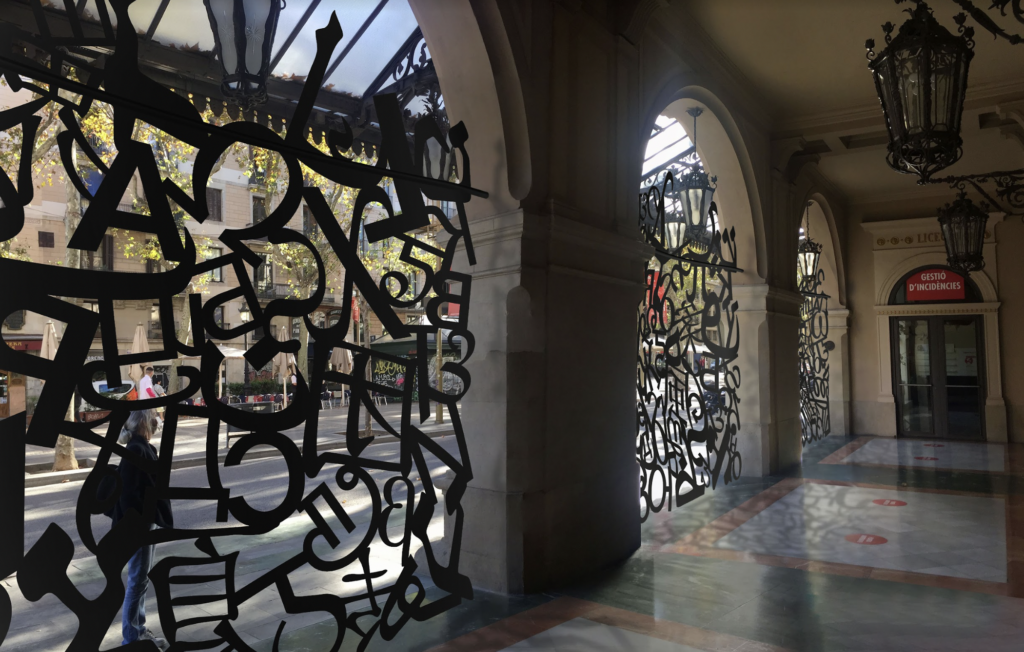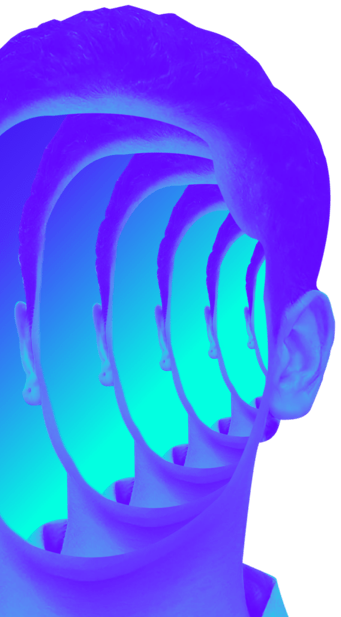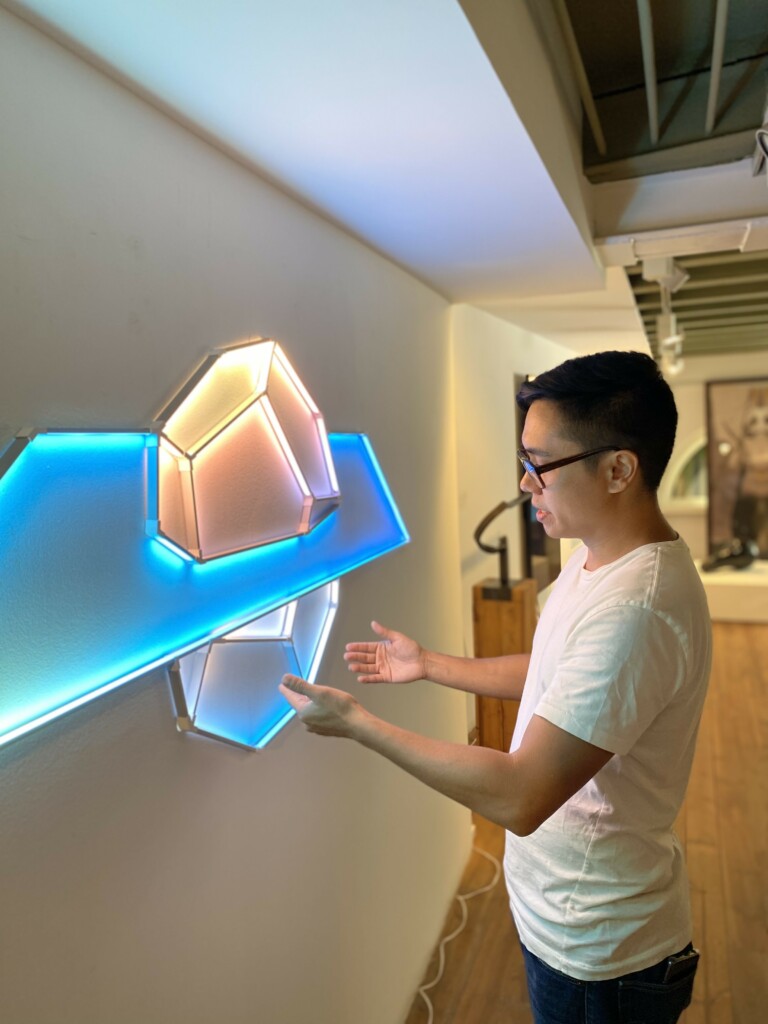- No products in the cart.
Sandra Vásquez de la Horra receives the Käthe Kollwitz Award
From Galeria SENDA, we are pleased to announce that Chilean artist Sandra Vásquez de la Horra has been awarded the Käthe Kollwitz Award 2023. For those who don’t know about the history of this annual award, it was born in 1960 and is named after the German artist Käthe Kollwitz. Kollwitz was a painter, sculptor and printmaker in the realist movement, who was very socially committed to this style during the 19th century and who embraced expressionism in the early 20th century. The Akademie der Künste – Berlin Academy of Arts – has awarded its prize this year to Vásquez de la Horra, who has been living in Germany since 1995.
More about the artist
Sandra Vásquez de la Horra, born in 1967 in Viña del Mar (Chile), graduated in Visual Communication at the University of Design in her hometown and subsequently completed her studies in Fine Arts at the Academy of Art in Düsseldorf (Germany). Abroad, in 2002, he studied photography, film and new media at the Kunsthochschule für Medien Köln – Academy of Visual Arts in Cologne. It should also be noted that since he moved to Germany in 1995, he has continued to produce his work from Berlin. Therefore, we can observe the great esteem and the indissoluble bond that the artist and the German country have created after years of living and creating new projects from there.
This year, Vásquez de la Horra has exhibited at the Goethe-Institut in Santiago de Chile and in 2022 she participated in the 59th Venice Biennale. The artist has already been honoured with extensive solo exhibitions such as the one at the Denver Art Museum with “The Awake Volcanoes” (2024) or, for example, the one held at the gallery, “Aura” (2022).
Why Vásquez de la Horra’s personal style
In Vásquez de la Horra‘s works, the artist uses wax crayon to construct a dark imaginary that evokes an imaginary and fantastical world that touches on subversive themes such as religion, mythology, sex, popular culture, social networks and death. Through this dystopian execution, the spectator is introduced into a universe of fictitious and enchanted creatures characterised by carnal and psychological concerns, a resource that Vásquez de la Horra uses to make us reflect on social issues that affect us directly, although we often leave them aside. Therefore, we could say that she is an artist whose visual language thematises the conflicts faced by today’s society.
Her works bring together a series of archetypes of the collective consciousness, questions of gender and sexuality, intercultural reflections and themes of spiritual practices. The reason for this artistic discourse that is so rooted in social protest can be explained when one gets to know the artist’s biography. Vásquez de la Horra grew up in an era which, following the coup d’état of the Chilean military junta in 1973 and the seizure of power by Augusto Pinochet, was dominated by torture, repression, disappearances and numerous human rights violations for more than seventeen years.
With the return of democracy in 1990, the population was able to digest and come to terms with the country’s history, the imprint of which can be seen in Sandra Vásquez de la Horra‘s artwork. In addition to showing the barbarities that her country experienced, her projects depict family confrontations, the mythologies of the indigenous population and the colonial domination of Europeans in Central and South America.
The drawings Vásquez de la Horra creates are both small and large format, on paper and cardboard, and are characterised by their density, colours and precision. Some of his creations are dipped in wax, a treatment that adds depth to the drawing and allows him to construct three-dimensional works in the form of an accordion.
Prize and celebration
On the occasion of the award ceremony of the Käthe Kollwitz Award 2023, the Akademie der Künste will exhibit a selection of Vásquez de la Horra‘s works; a total of more than 60 drawings, photographs and objects that will be exhibited in a site-specific installation. The ceremony will take place at the Akademie der Künste itself on 18 June at 7 p.m. and the special exhibition will be open to the public from 19 June to 25 August.















































































